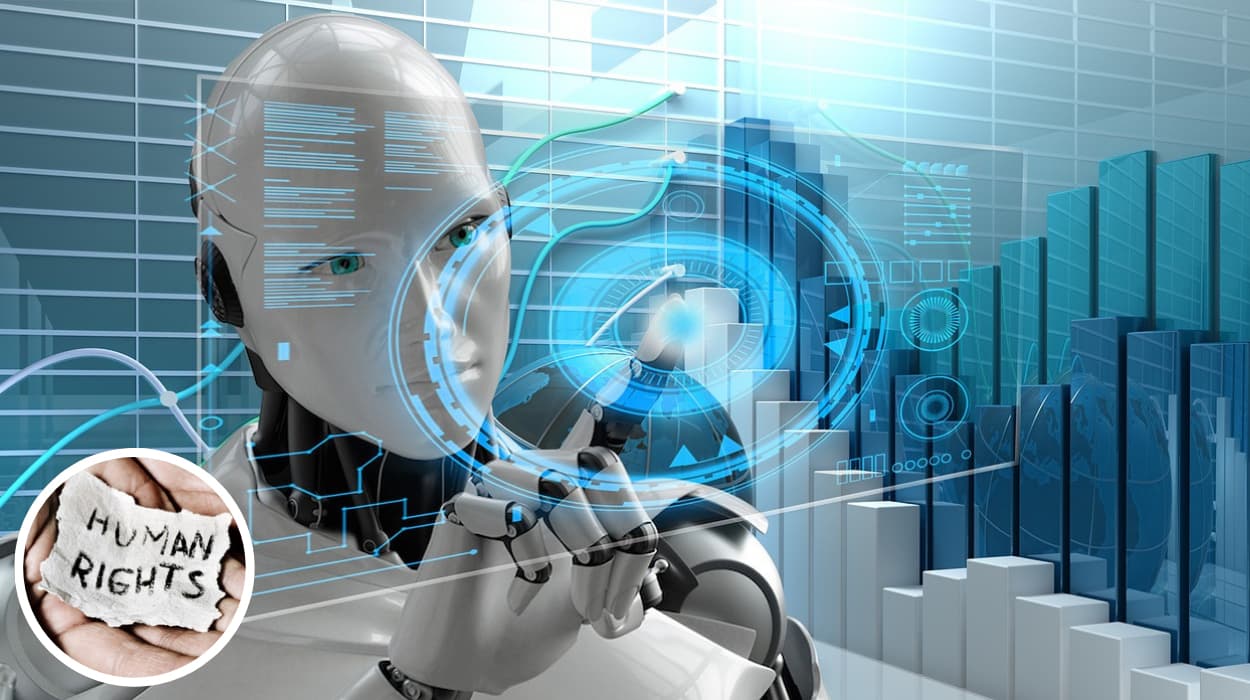Key Points
- The UK government is increasingly using artificial intelligence (AI) in its digital welfare system.
- Human rights organizations have raised serious concerns about the impact of AI on vulnerable welfare recipients.
- Critics argue AI-driven decisions may lead to unfair treatment, discrimination, and lack of transparency.
- The debate centers on accountability, data privacy, and the potential for AI errors affecting benefits distribution.
- Calls for stricter regulation and oversight of AI in public welfare systems are growing.
- The UK government defends its use of AI as a tool to improve efficiency and reduce fraud.
- International bodies and experts urge a balanced approach that safeguards human rights while leveraging technology.
The increasing reliance on artificial intelligence in the UK’s welfare system has sparked a complex debate involving government efficiency goals and serious human rights concerns. While AI promises faster processing and fraud reduction, critics warn that its use may lead to biased decisions, lack of transparency, and potential harm to vulnerable welfare recipients. This report explores the key issues, government responses, and expert recommendations surrounding the integration of AI in public welfare services.
What is the UK government’s current approach to AI in its welfare system?
The UK government has integrated artificial intelligence technologies into its digital welfare system to streamline processes such as eligibility checks, benefits distribution, and fraud detection. This move aims to enhance efficiency and reduce administrative costs within the welfare sector. Government officials maintain that AI tools help identify fraudulent claims more accurately and speed up decision-making, ultimately benefiting both the state and welfare recipients.
Why are human rights organizations concerned about AI’s role in welfare?
As reported by multiple human rights advocates, including statements compiled by Global Issues, there is growing alarm that AI-driven systems may compromise the rights of vulnerable individuals relying on welfare. Critics highlight that AI algorithms can perpetuate biases present in the data they are trained on, leading to discriminatory outcomes against minorities, disabled persons, and economically disadvantaged groups. The opaque nature of AI decision-making processes also raises issues about transparency and accountability, making it difficult for welfare recipients to challenge or understand decisions affecting their benefits.
What specific human rights risks does AI in welfare present?
Experts warn that AI systems in welfare can:
- Misclassify applicants due to flawed data or algorithmic bias.
- Deny or delay benefits unfairly, causing financial hardship.
- Invade privacy through extensive data collection and surveillance.
- Reduce human oversight, limiting appeals and redress mechanisms.
- Create systemic discrimination against marginalized communities.
These risks have been underscored by recent case studies and reports from watchdog groups, which show that automated decisions sometimes lack nuance and fail to consider individual circumstances adequately.
How has the UK government responded to these concerns?
Government spokespeople, as covered in various news reports, defend the use of AI as a necessary modernization step to combat welfare fraud and improve service delivery. They assert that AI tools are designed with safeguards and that human caseworkers remain involved in final decisions. The government also emphasizes ongoing efforts to ensure data security and compliance with legal standards.
However, critics argue that these assurances fall short without independent audits, clear transparency about AI algorithms, and stronger legal protections for welfare recipients.
What are experts and international bodies recommending?
International human rights organizations and AI ethics experts urge the UK to:
- Implement strict regulatory frameworks governing AI use in welfare.
- Ensure transparency about how AI decisions are made and audited.
- Maintain robust human oversight and appeal processes.
- Protect personal data rigorously to prevent misuse.
- Conduct impact assessments focused on human rights before deploying AI systems.
These recommendations aim to strike a balance between technological innovation and the protection of fundamental rights.
What is the broader context of AI use in public services globally?
The UK’s experience reflects a global trend where governments increasingly adopt AI in public service delivery. While AI promises efficiency gains, many countries face similar human rights challenges. The debate in the UK contributes to an international dialogue on ethical AI governance, emphasizing that technology should serve people without undermining dignity, fairness, or justice.
The integration of AI into the UK’s welfare system marks a significant shift in how public benefits are administered. While the government highlights efficiency and fraud prevention benefits, human rights groups caution against unintended consequences that may harm vulnerable populations. As this debate unfolds, the need for transparent, accountable, and rights-respecting AI governance becomes ever more critical.

